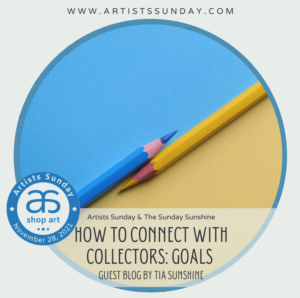Does your audience think of you when they are looking to buy local?
Guest Contributor, Artist: Tia Sunshine Dye
There is a cultural feeling that artists are visionaries, that we were born with extraordinary vision and a talent to create. While that may be true on some level, it ignores the mental and physical work that you put into being an artist. And it diminishes your standing as a legitimate and valuable contributor to the local economy. Does your audience recognize that you are truly a small business?
The past year has brought an urgency to supporting small businesses, but does your current audience think of you when they are looking to buy local?

I reached out to Creative Washtenaw, a regional agency in SE Michigan whose mission is to advocate for and serve artists, creative workers, organizations, businesses, educational and government entities engaged in Washtenaw County’s arts + creative industries.
Do you think artists are viewed as small business owners?
The arts + creative industries are not respected as an industry by the economic development and business sectors. Instead, the arts are considered a nicety. Creativity and creative practices are not considered essential. The stigma about arts + creative industries being nonprofits is another long-held prejudice. Many gig workers, artists & creatives rely on multiple income streams, passive income and/or hold jobs outside the creative field. They are most definitely a business.
Fortunately, the U.S. Bureau of Economic Analysis sees the arts + creative industries differently. It calculates that this is as a $919 billion industry that makes up 4.6% of GDP, employs 5.2 million people plus countless gig workers and is a $40 million net positive export industry. The Michigan report shows this to be a $15.4 billion industry equivalent to 2.9% of GDP with 122,300 jobs (not including gig workers.)
The arts + creative industries contribute greatly to community, quality of life and place. They interconnect with almost every sector including education, government, economic, workforce development, tourism, philanthropy, health and human services, public safety and many more. Be proud of holding a place in this industry!
(You can look up Artists Sunday partners in your state here on the Artists Sunday website)
Last month I challenged you to consider who makes up your audience, and consider what your audience believes about art and artists. I suggested that reflecting on a series of questions would help your audience understand what it means to invest in, not just artwork, but artists. The first questions examine goal setting:
How long have you been purposely creating?
Do you set goals? Many small goals, one large goal, both?
Have your goals changed over time?
Goal setting is important to everyone who wants to accomplish anything, and the same is true for artists who want to sell their artwork. Consider the goals of these Artists Sunday artists:

I set several small goals as I learn more about myself and what I want to achieve. My goal in 2020, after the pandemic hit and the art fairs were canceled, was to build a professional website and learn to promote my work on social media. I also became more comfortable just thinking of myself as an artist. So my goals are always two-fold: business-focused and growing my confidence as an artist. ~ Deborah Cherrin, Deborah Cherrin Design @deborahcherrindesign

I do set goals, but it’s a balancing act. Sometimes it’s a larger one like: I wanted to have the Instagram page launched by mid-December, but the timing was more intuitive. Or, I want to create a new piece by the end of the week, but how and when that happens is more fluid. ~ Matruka Sherman, Matruka Sherman Photography @matrukashermanphotography

When I first retired from General Motors to be a full time artist, I was very goal-oriented and maintained a high level of work ethic that is required to succeed in corporate America. Over time I realized spending more time understanding where my creativity comes from and nurturing that part of me resulted in better quality work. So I shifted my goals from production to challenging myself creatively.
For short-term and medium-term goals, I keep lists of projects and ideas to remind me to stay on track. My long-term goal is to continue to grow as an artist. So, I say “Yes” to everything. This drives my long-term goal, which is to achieve a sense of accomplishment as an artist: to be recognized and respected by my peers. It also challenges me to try new things, new techniques, new tools and new ideas. I am never afraid of failure. If I’m not failing, I’m not learning.
~ Kelly O’Neill Fusion of Iron & Earth @kellyoart

I most definitely set goals for my artistry! I have small goals, and then life goals.
Small goals include things in the present like creating weekly newsletters or sharing my process on social media two times a day.
My large goals include being accepted to a juried art show, raising a substantial amount of funds through art sales that go toward my art therapy program, becoming Military Spouse of the Year so that I can advocate for creative therapies in the military community, finishing my social action mural, and illustrating a children’s book.
Businesses around the world, and particularly in America, value a certain work ethic. Setting goals and meeting goals equate to respect and success. We tend to view artists on the other end of the spectrum: individuals with a special talent embracing the freedom to create and magically releasing artwork into the world for the joy of others. We encourage artists because we see it as a brave ambition to be discovered.
But what if that view is the problem? As professional artists, we know that we are running small businesses, making goals, and creating purposefully. What if our audience understood that? What if we let our audience see what we struggle with and invite them to encourage us similarly to other small businesses?
I encourage you to share with your audience. Share your unique story of being an artist and being a member of your small business community. With a slight change in perspective, you might convert your audience into supportive collectors. And, don’t forget to support each other!
Join me again next month when we will talk to more Artists Sunday artists, partners, and patrons about more ways to connect with your audience to create collectors. If you are an Artist Sunday artist, partner, or patron and interested in possibly being included in one of these Artists Sunday blog posts, click HERE and send a note with the subject ‘Sunshine Blog Feature’.

If you are interested in more information on different ways artists set goals and why it is important, take a look at these links from Artists Sunday artist and partner, Carrie Brummer at Artist Strong:
4 Ways Artists Can Achieve More

Tia Sunshine Dye is a watercolor artist connecting with others through art from her home studio in Ann Arbor, Michigan. Inspired by the mission of Artists Sunday, Tia Sunshine has been featuring other artists in a blog series titled, The Sunday Sunshine. With a BFA in Theatre Design and Technology and professional experience in set/lighting design, technical direction, and stage management, Tia Sunshine encourages collaboration in community to promote the visual expression of ideas. In that spirit, she believes people should be free to reinvent themselves frequently and with artistic purpose. Learn more about Tia Sunshine at www.TiaSunshine.Art




